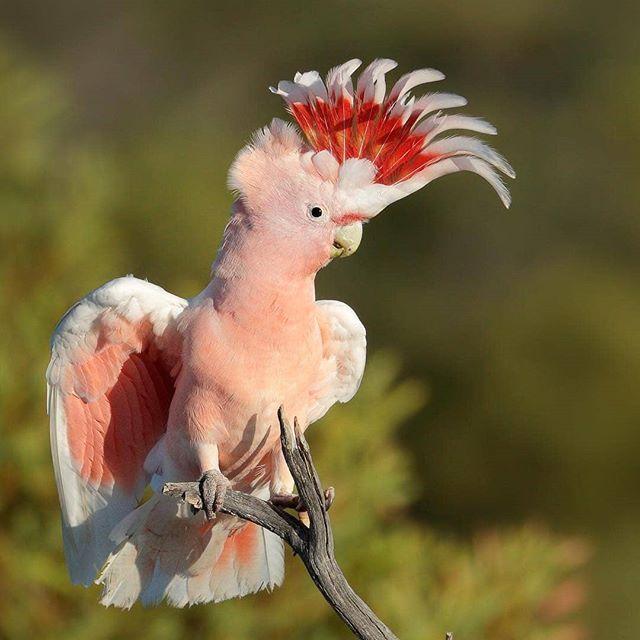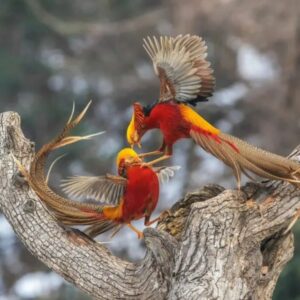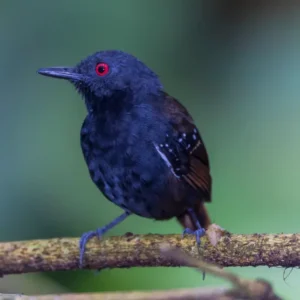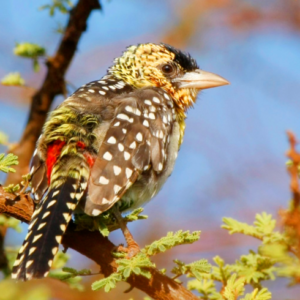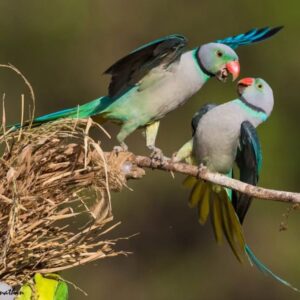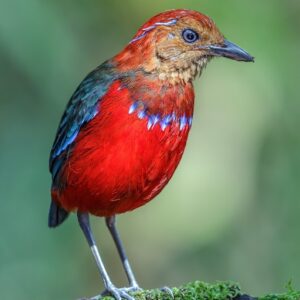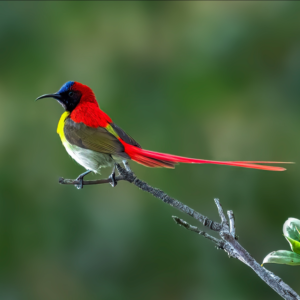The Greater Mitchell’s Cockatoo (Cacatua leadbeateri), also known as Leadbeater’s Cockatoo or Pink Cockatoo, is a medium-sized bird native to the arid and semi-arid regions of inland Australia. Despite its preference for these habitats, it is also frequently spotted in other climates, such as subtropical southeastern Queensland. Named after Major Sir Thomas Mitchell, this captivating bird is known for its striking appearance and adaptability
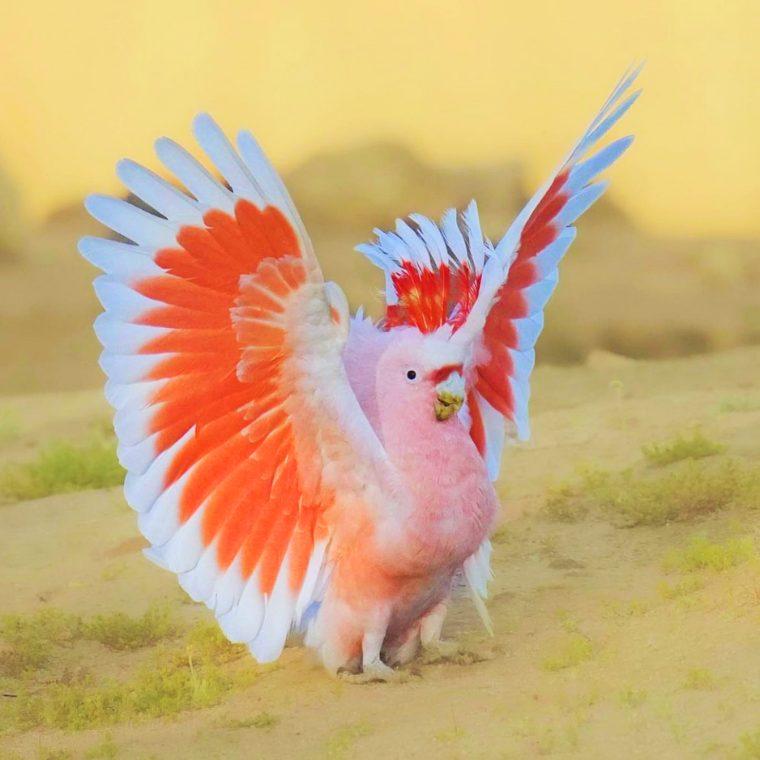
The greater Mitchell cockatoo has a black beak, a stout body, and a long tail. It is 36–40 cm (14–16 in) long and weighs 300–400 g (10.6–14.1 oz). It has a distinctive crest that can be raised or lowered, depending on your mood. The crest is white with a red band and yellow tips. The plumage is mostly white, with bright pink and peach feathers on the wings and tail.
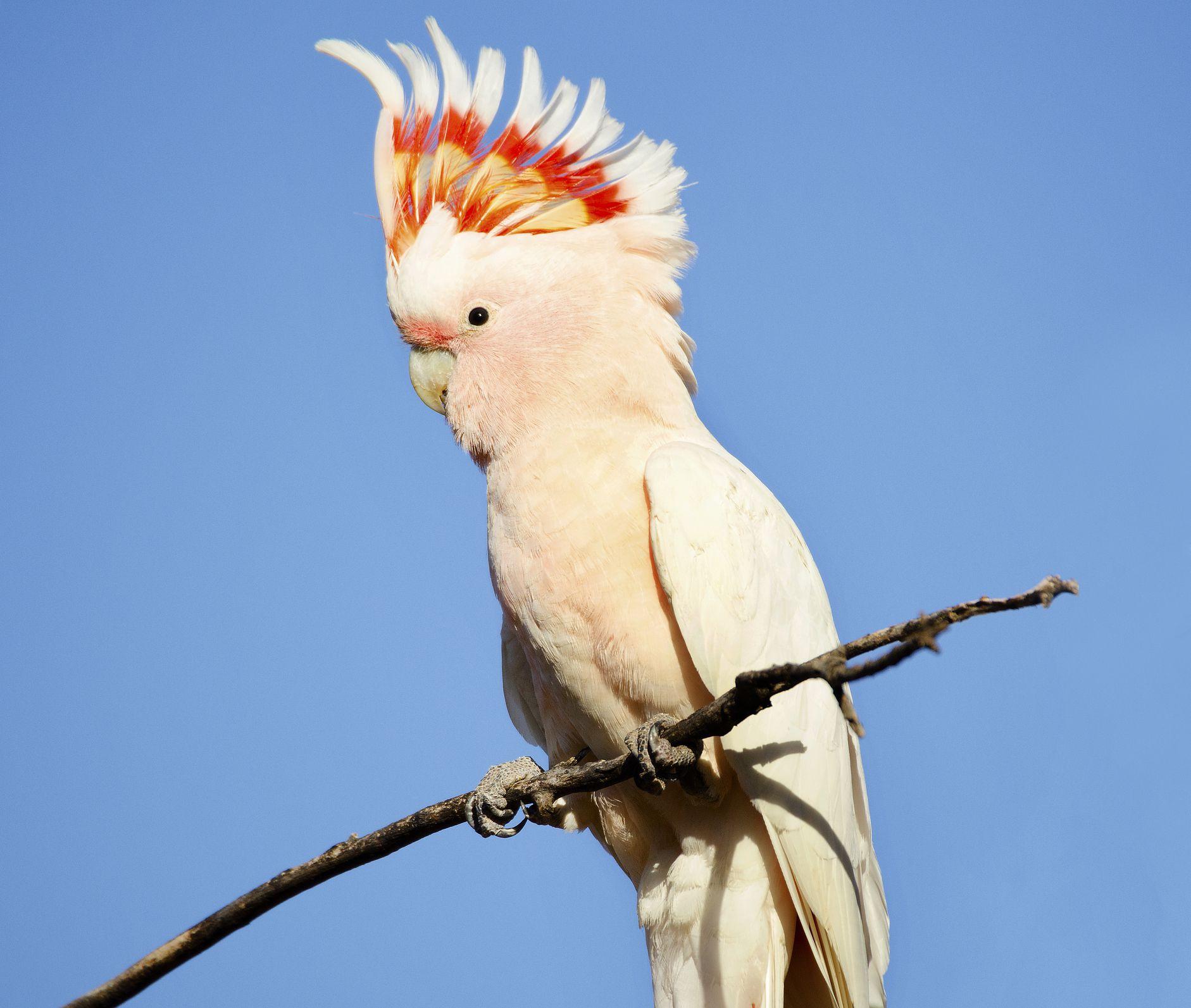
The greater Mitchell cockatoo lives in open woodland areas, especially with oak, acacia and eucalyptus trees. It is rare and often goes unnoticed, as it feeds mainly in the middle and upper levels of the forest1. It feeds mainly on seeds, nuts, berries, insects, eggs and small animals. It sometimes visits bird feeders, where it may compete with other birds for food. It has a strong, raspy voice and can imitate the sounds of other birds, animals, and humans. It has a distinctive laughing call note and a song that resembles that of a robin but is clearer and less nasal.

The Greater Mitchell Cockatoo breeds from August to January, depending on location. It builds a cup-shaped nest of twigs, moss and mud, usually in the hollow of a eucalyptus tree. The female lays 2 to 4 eggs, which are white and oval in shape. The male helps incubate the eggs and feed the young. The chicks leave the nest after about 8 weeks and remain with their parents for another 6 months.
The greater Mitchell cockatoo is a resident bird that does not migrate. It is not threatened with extinction and has a large and stable population. However, it may face some threats from the loss, fragmentation and degradation of its habitat, as well as from predators, parasites and diseases. Therefore, it is important to protect and conserve its natural environment and appreciate its beauty and role in the ecosystem.
